
U.S. Senate
See Full Big Line
(D) J. Hickenlooper*
(D) Julie Gonzales
(R) Janak Joshi
80%
40%
20%

Governor
See Full Big Line
(D) Michael Bennet
(D) Phil Weiser
55%
50%↑

Att. General
See Full Big Line
(D) Jena Griswold
(D) M. Dougherty
(D) Hetal Doshi
50%
40%↓
30%

Sec. of State
See Full Big Line
(D) J. Danielson
(D) A. Gonzalez
50%↑
20%↓

State Treasurer
See Full Big Line
(D) Jeff Bridges
(D) Brianna Titone
(R) Kevin Grantham
50%↑
40%↓
30%

CO-01 (Denver)
See Full Big Line
(D) Diana DeGette*
(D) Wanda James
(D) Milat Kiros
80%
20%
10%↓

CO-02 (Boulder-ish)
See Full Big Line
(D) Joe Neguse*
(R) Somebody
90%
2%

CO-03 (West & Southern CO)
See Full Big Line
(R) Jeff Hurd*
(D) Alex Kelloff
(R) H. Scheppelman
60%↓
40%↓
30%↑

CO-04 (Northeast-ish Colorado)
See Full Big Line
(R) Lauren Boebert*
(D) E. Laubacher
(D) Trisha Calvarese
90%
30%↑
20%

CO-05 (Colorado Springs)
See Full Big Line
(R) Jeff Crank*
(D) Jessica Killin
55%↓
45%↑

CO-06 (Aurora)
See Full Big Line
(D) Jason Crow*
(R) Somebody
90%
2%

CO-07 (Jefferson County)
See Full Big Line
(D) B. Pettersen*
(R) Somebody
90%
2%

CO-08 (Northern Colo.)
See Full Big Line
(R) Gabe Evans*
(D) Shannon Bird
(D) Manny Rutinel
45%↓
30%
30%

State Senate Majority
See Full Big Line
DEMOCRATS
REPUBLICANS
80%
20%

State House Majority
See Full Big Line
DEMOCRATS
REPUBLICANS
95%
5%
 May 28, 2021 05:39 PM UTC
May 28, 2021 05:39 PM UTC
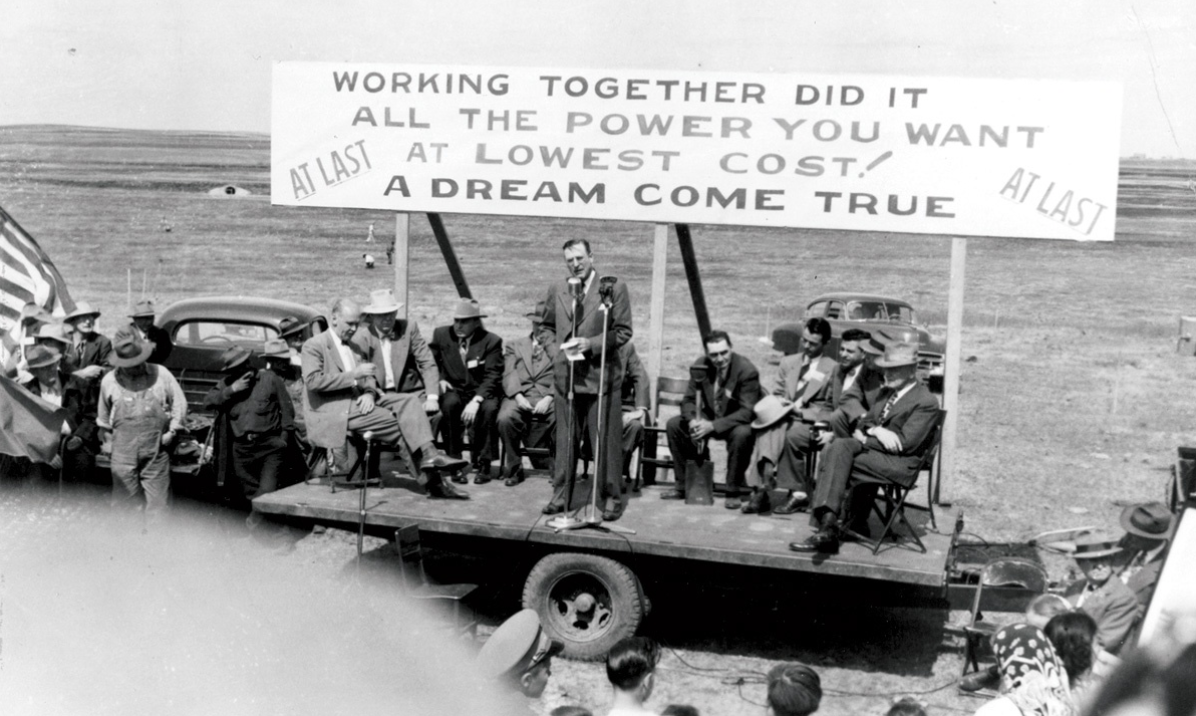
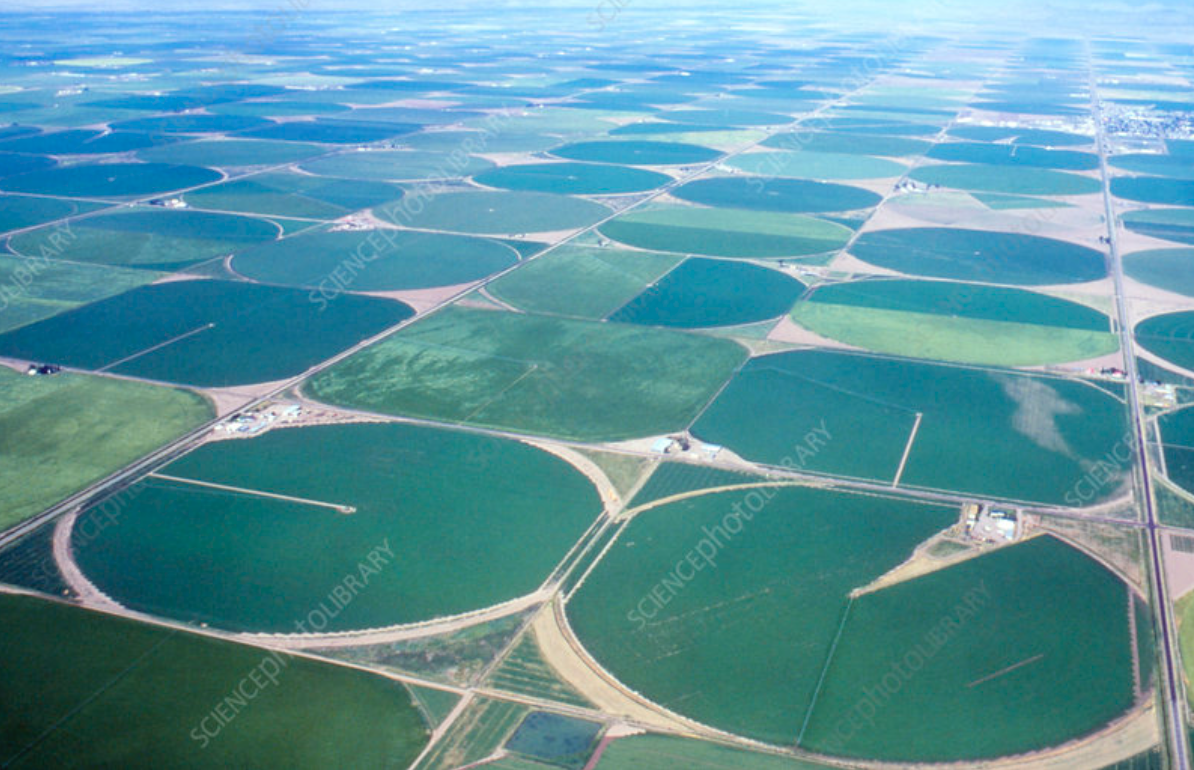

 Intermountain Rural Electric, and Tri-State Generation and Transmission, Amendment 37 set the stage for Colorado’s New Energy Economy. At the heart of the Amendment was a 10% mandate for green energy by 2015. Also at the heart of the movement was to bring new opportunities to community-based energy systems. Implementation of the amendment’s language was arduous, thanks to a concerted effort by the state’s various utilities. A settlement was finally agreed to only after giving Xcel the green light to build the Commanche III coal plant in Pueblo, which has proven to be an anvil around Colorado taxpayer’s necks.
Intermountain Rural Electric, and Tri-State Generation and Transmission, Amendment 37 set the stage for Colorado’s New Energy Economy. At the heart of the Amendment was a 10% mandate for green energy by 2015. Also at the heart of the movement was to bring new opportunities to community-based energy systems. Implementation of the amendment’s language was arduous, thanks to a concerted effort by the state’s various utilities. A settlement was finally agreed to only after giving Xcel the green light to build the Commanche III coal plant in Pueblo, which has proven to be an anvil around Colorado taxpayer’s necks.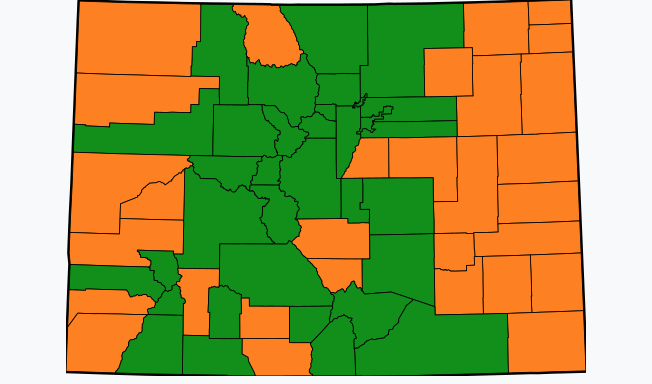
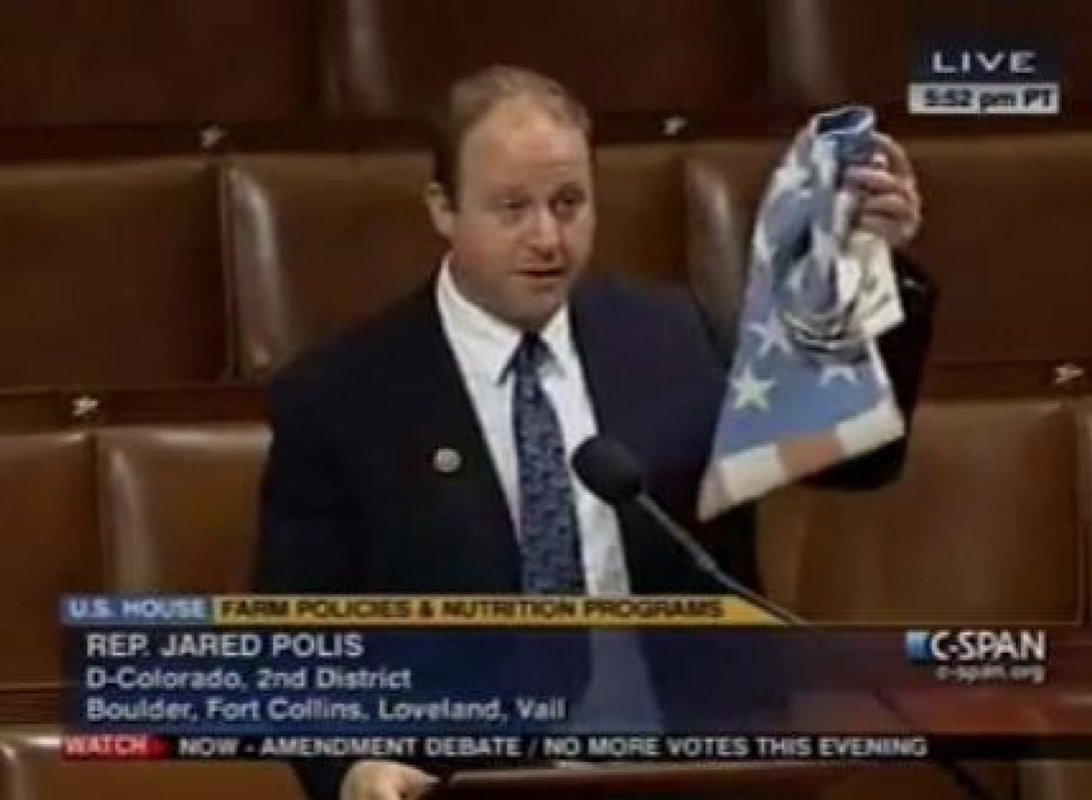
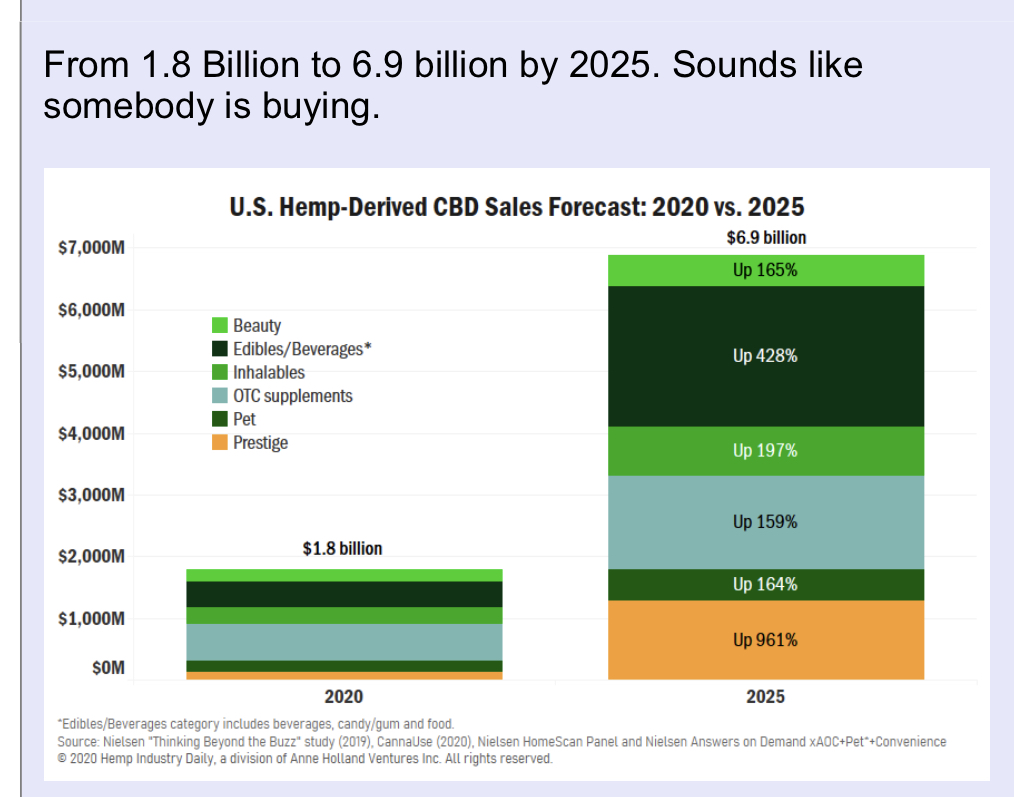
Comments